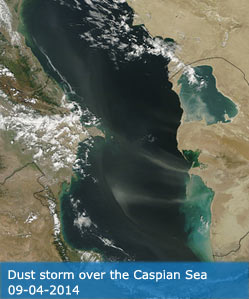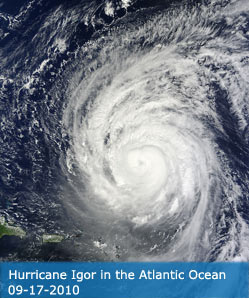Science Team
Publications
Lu, FY; Zhang, C; Cao, HY; Wang, XB; Zheng, T; Huang, ZF (2025). Assessment of ecological environment quality and their drivers in urban agglomeration based on a novel remote sensing ecological index. ECOLOGICAL INDICATORS, 170, 113104.
Abstract
In response to rapid urbanization, urban agglomerations have become pivotal spatial entities for fostering highquality social and economic development, yet they face increasing ecological pressure. Balancing urban growth with ecological sustainability is a critical issue requiring immediate attention. This study utilizes the Google Earth Engine (GEE) platform, integrates MODIS imagery and NPP-VIIRS data to develop a Novel Remote Sensing Ecological Index (NRSEI). This index comprehensively characterizes key environmental factors, including greenness, heat, wetness, air quality, and human activity. The NRSEI is then used to assess the Ecological Environmental Quality (EEQ) of the Yangtze River Delta Urban Agglomeration (YRDUA) over the period from 2012 to 2021. Spatial correlation analysis is employed to investigate the dynamic evolution and spatial characteristics of EEQ in the region. Additionally, the Geodetector is applied to identify and evaluate the natural, social, and economic factors driving variations in EEQ across the urban agglomeration. Key findings reveal that: (1) Between 2012 and 2021, the YRDUA's EEQ showed an upward trend, with the average NRSEI increasing from 0.509 to 0.556, representing an annual growth rate of 0.47%. However, notable regional disparities exist, with a spatial pattern characterized by low EEQ in the northwest and high in the southeast. (2) An analysis of NRSEI variations over this period indicates that the YRDUA's EEQ has remained largely stable, although ecological degradation is concentrated in densely populated, low-lying areas near lakes, rivers, and plains. (3) Topographic complexity, economic development, and population density are the primary factors driving spatial differences in EEQ, with interactive effects among these factors exerting a more significant influence than individual factors alone.
DOI:
10.1016/j.ecolind.2025.113104
ISSN:
1872-7034




